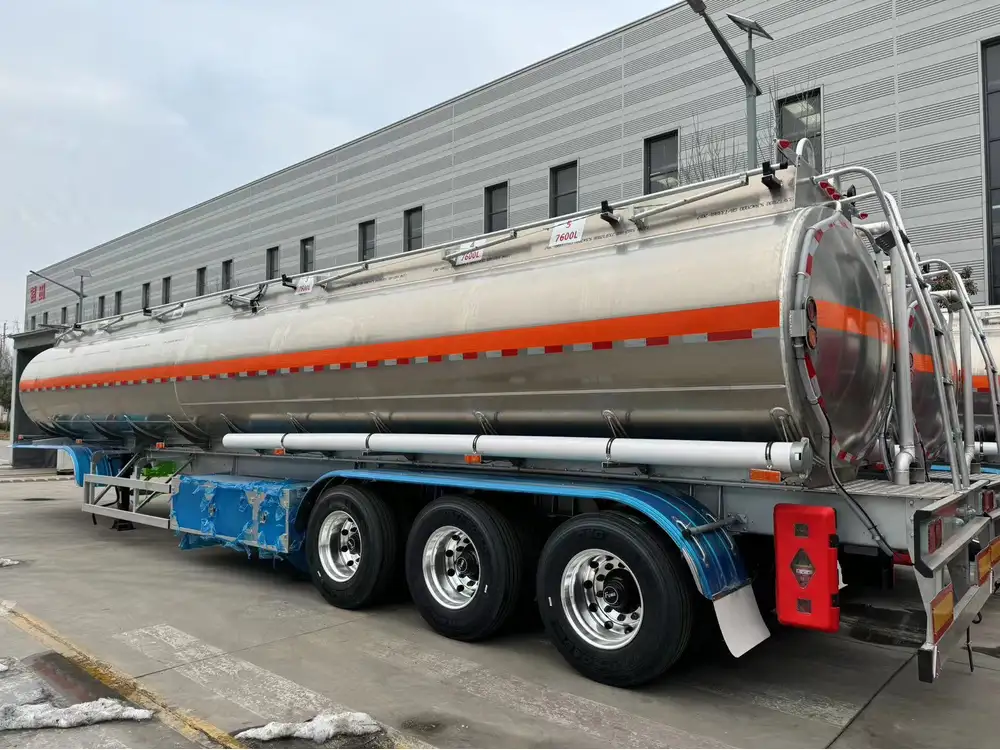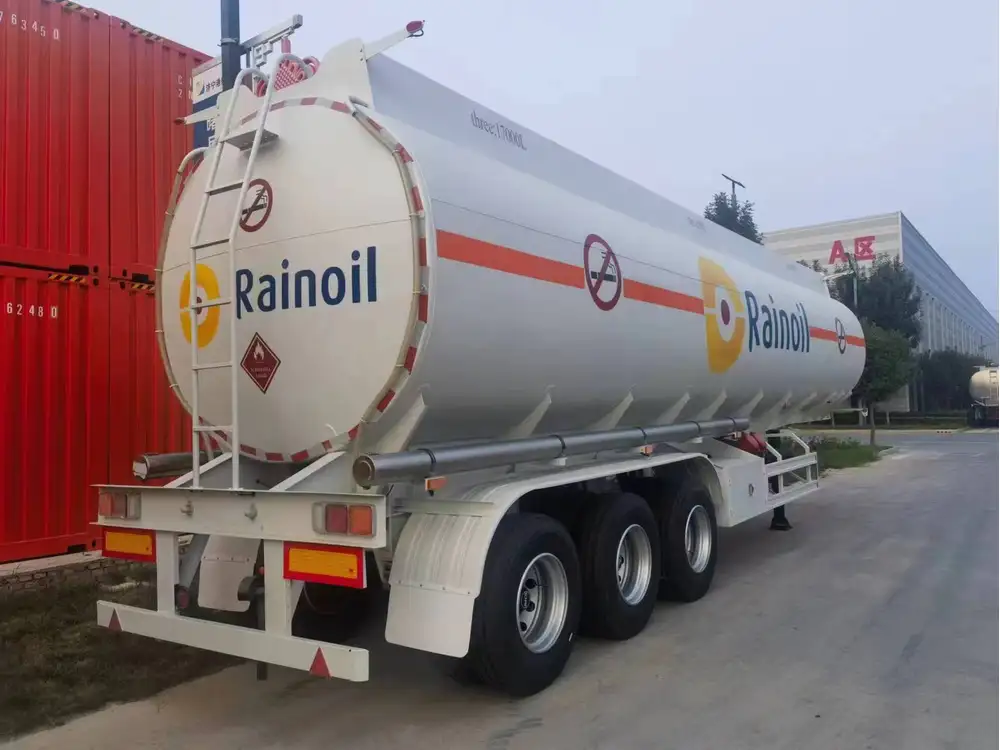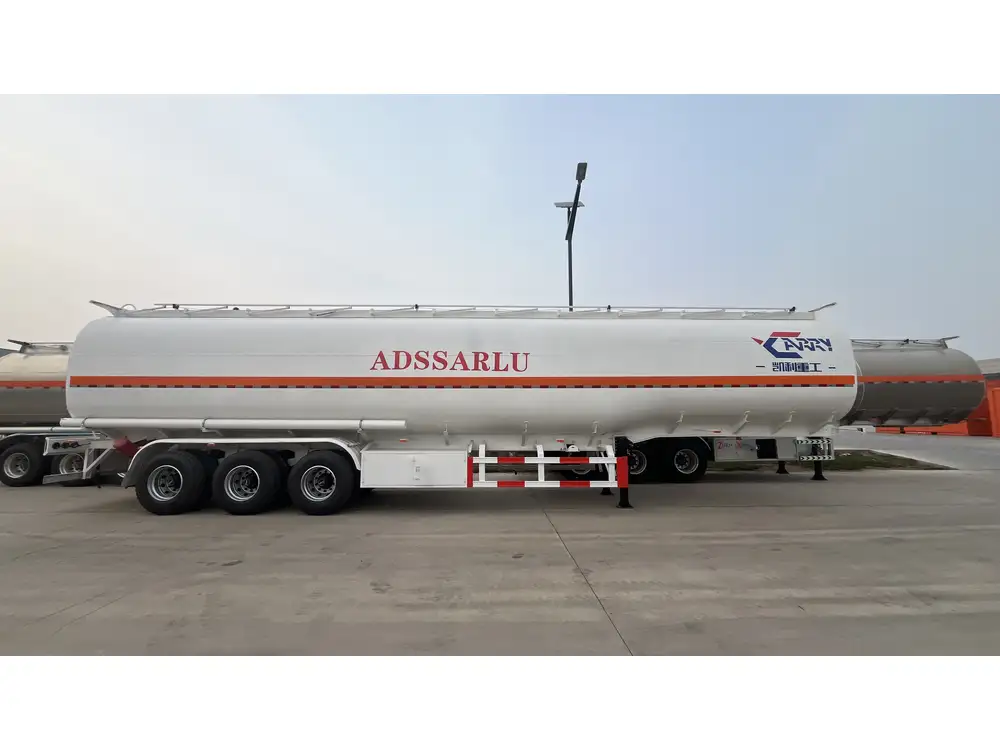Understanding how to calculate what a semi-trailer can haul is crucial for logistics managers, transport companies, and independent truck owners. Knowing your semi-trailer’s capacity ensures that you maximize efficiency, minimize operational costs, and comply with legal weight restrictions. We will explore the various factors to consider, methodologies to apply, and real-world examples that will help you arrive at an accurate haul capacity figure for any given situation.
Key Terminology in Semi-Trailer Hauling
Before diving into calculations, it’s important to familiarize ourselves with some key terminology in the transport industry. This foundation will make our discussion not only clearer but also more effective.
| Term | Definition |
|---|---|
| Gross Vehicle Weight Rating (GVWR) | The maximum weight a vehicle is rated to safely transport. |
| Curb Weight | The weight of the semi-trailer itself, without any cargo or additional equipment. |
| Payload Capacity | The weight of cargo that a vehicle can safely carry, calculated as GVWR - Curb Weight. |
| Tare Weight | The weight of the semi-trailer when empty. |
| Legal Weight Limits | Government regulations stipulating maximum hauling weights on public roads. |
Importance of Knowing Capacity Limits
Calculating the haul capacity accurately is crucial for several reasons, including:
- Regulatory Compliance: Avoiding fees or penalties from law enforcement.
- Safety: Reducing the risk of equipment failure or accidents caused by overloading.
- Cost Optimization: Enhancing profit margins through better load management.

Understanding Weight Distribution
Weight distribution is a critical factor in determining how much a semi-trailer can safely haul. Understanding the distribution of weight significantly impacts handling, braking, and overall vehicle stability. Improper weight distribution can lead to accidents, meaning that it’s vital to calculate not only how much weight can be carried but also how that weight is distributed across axles.
Axle Weight Limits
Each axle has a maximum weight limit, which must not be exceeded. It is advisable to be familiar with both the federal and state regulations about axle weight limits, as they can vary widely. Below is a simplified table illustrating general axle weight limits according to federal standards:
| Axle Type | Maximum Weight (lbs) |
|---|---|
| Single Axle | 20,000 |
| Tandem Axle | 34,000 |
| Tridem Axle | 42,000 |
The 80,000 lb Rule
In the United States, the Federal Motor Carrier Safety Administration (FMCSA) has imposed a maximum gross weight limit of 80,000 lbs for most semi-trailer combinations. It’s essential to keep this limit in mind when calculating carrying capacities.

Methodology: How to Calculate Haul Capacity
Calculating the haul capacity of a semi-trailer involves a few straightforward steps, using formulas that factor in the curb weight, desired load, and axle limits. Here’s a detailed approach:
Step 1: Gather the Necessary Information
Determine the Curb Weight:
- Obtain the weight of the semi-trailer when empty from the manufacturer’s specifications.
Know the GVWR:
- Consult your semi-trailer documentation or manufacturer’s website for its GVWR.
Understand Axle Weight Ratings:
- Check the axle weight ratings from the manufacturer’s plate on the trailer.
Step 2: Perform the Calculation
The basic formula to calculate the maximum payload capacity is:
[ \text{Payload Capacity} = \text{GVWR} – \text{Curb Weight} ]
Example Calculation
Assume you have a semi-trailer with the following specifications:
- Curb Weight: 15,000 lbs
- GVWR: 80,000 lbs
Using the formula:
120,000 lbs (GVWR) – 15,000 lbs (Curb Weight) = 65,000 lbs Payload Capacity
This trailer can safely carry a maximum of 65,000 lbs of cargo, not considering any additional weight from accessories, equipment, or modifications.
Step 3: Ensure Compliance
Once you have calculated your payload capacity, ensure compliance with federal and state regulations regarding maximum axle load. This may require adjusting your load distribution to meet legal standards.
Factors Influencing Payload Capacity
When calculating the capacity of a semi-trailer, several factors can affect the outcome. Understanding these will help you make informed decisions when selecting loads.

Type of Cargo
The type of cargo can significantly affect payload capacity:
- Density: Denser materials (e.g., steel) will allow you to carry less volume and more weight. Conversely, lighter, bulkier materials (e.g., cotton) may max out based on volume before hitting the weight limit.
Trailer Configuration
The setup of your semi-trailer can also influence allowable capacity:
- Flatbed Trailers: Great for oversized, oddly shaped cargo.
- Enclosed Trailers: Protect cargo but may limit height.
- Reefer Trailers: Designed for temperature-controlled freight with specific weight limits.
Environmental Conditions
Weather and road conditions can impact how much weight you can safely transport:
- Road Quality: Poor road conditions may lower safe payload capacities.
- Weather: Rain or snow may affect braking distances and vehicle stability.

Useful Tools for Optimizing Load Management
Load Calculators
Various online load calculators can help you quickly assess and optimize your semi-trailer load. By entering dimensions, weight, and configuration parameters, you can streamline your calculations.
Mobile Apps
Numerous mobile applications are available that can help with load management. They can:
- Calculate weight distributions in real-time.
- Provide visual representations of axle load balancing.
- Offer regulatory information regarding loading limits specific to your location.

Troubleshooting Common Hauling Issues
Even with the best planning, problems can arise during transport. Here are common issues and suggested solutions:
Overloading
Problem: Discovering you are overloaded after loading can lead to substantial fines and hazardous conditions.
Solution: Always weigh your trailer before transport using a certified scale, and distribute weight evenly across axles.
Improper Weight Distribution
Problem: Weight that is distributed incorrectly can lead to swaying, increased braking distances, and an unstable load.
Solution: Adjust loads before transport, and if needed, use tools such as load bars or straps to secure cargo evenly across the trailer.

Legal Weight Violations
Problem: Failure to comply with weight limits can lead to legal issues.
Solution: Stay informed about changes in regulations, and consult your state’s department of transportation to get the latest weight limits.
Variation in Load Types
Problem: Fluctuations in load types can complicate capacity calculations.
Solution: Maintain accurate and up-to-date records of your payload capacity based on previous loads and configurations used.
Conclusion
Calculating what a semi-trailer can haul is not merely about crunching numbers—it’s an intricate process that involves understanding various factors, regulations, and real-world applications. From grasping the difference between gross weight numbers to ensuring compliance with local laws, knowledge is power when it comes to effectively operating in the freight and logistics industry.
Maintaining awareness of your semi-trailer’s capabilities is integral to running a successful transport business, ensuring safety, and optimizing profits. By following the methodology outlined here and incorporating a good understanding of the principles involved, you’ll be equipped to take full advantage of your semi-trailer’s hauling potential.



